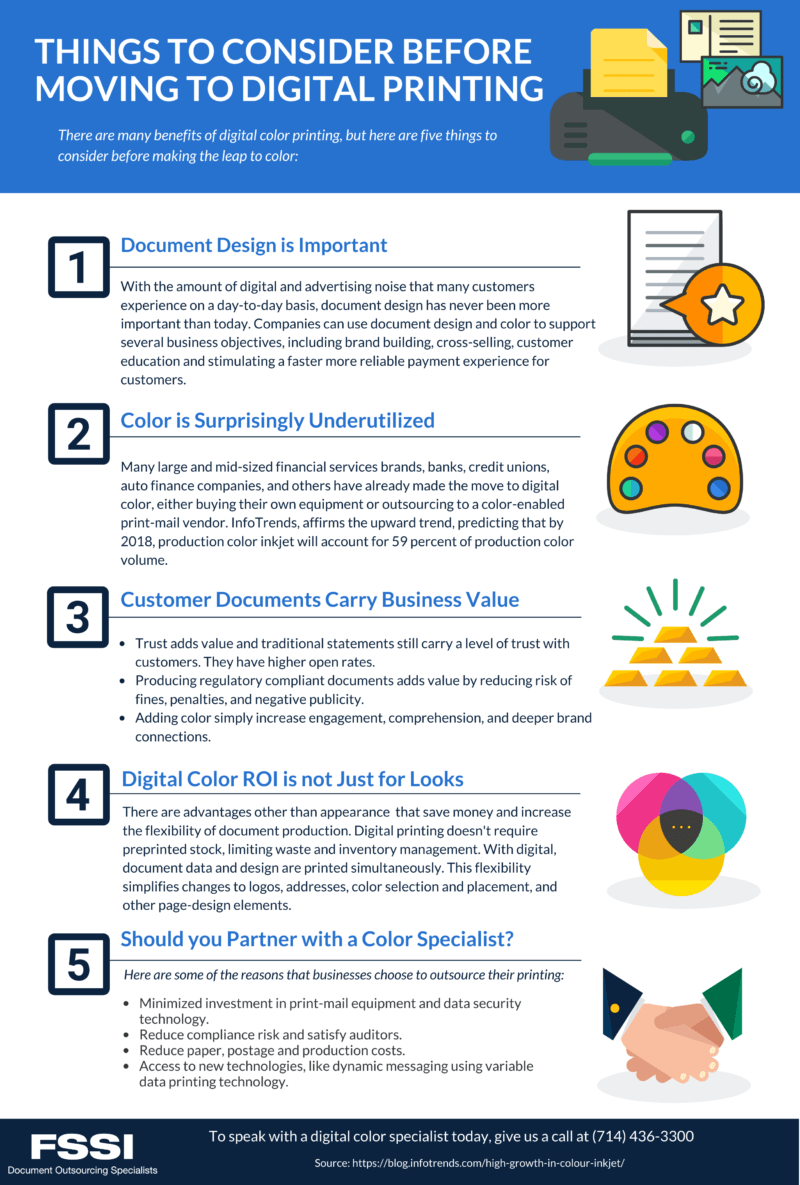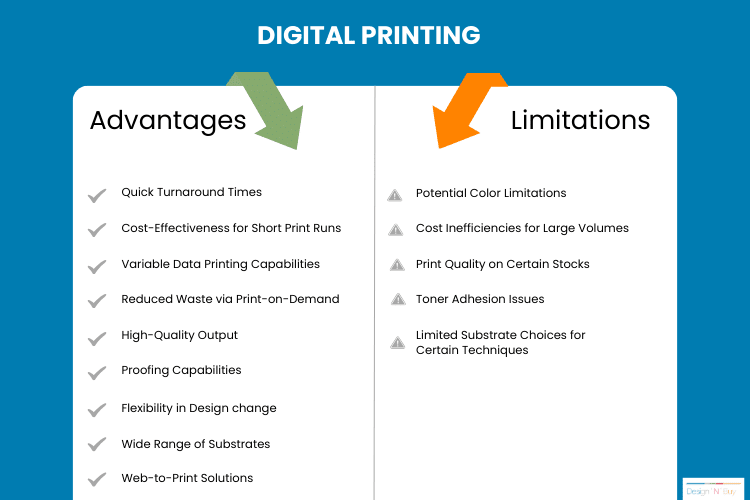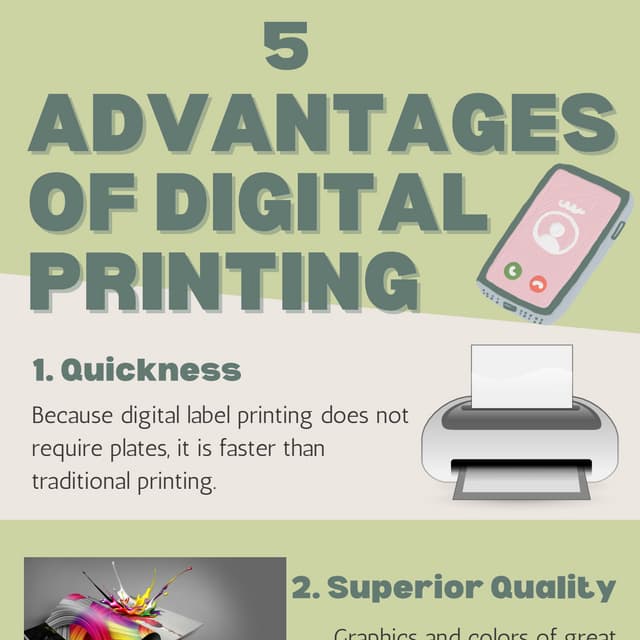The 7-Minute Rule for Digital Printing
The 7-Minute Rule for Digital Printing
Blog Article
The 6-Minute Rule for Digital Printing
Table of ContentsAll About Digital PrintingNot known Factual Statements About Digital Printing Get This Report about Digital PrintingThe smart Trick of Digital Printing That Nobody is Discussing8 Simple Techniques For Digital Printing
Unlike traditional balanced out printing, which depends on mechanical procedures, electronic printing uses innovative innovation to create high-grade prints. One of the crucial advantages of electronic printing is its.The liquid ink or toner sticks equally to the paper surface area, leading to lively and true-to-life shades. Uniformity is an additional considerable advantage provided by electronic printing. Unlike offset printing, where variations can occur because of aspects like plate wear and ink density fluctuations, electronic printers constantly provide premium prints from the first page to the last.
Furthermore, electronic printing permits better flexibility in terms of modification and personalization. With variable information printing capacities, each printed piece can be tailored separately with distinct text, pictures, or styles without giving up top quality. Digital Printing. This level of modification opens new possibilities for targeted marketing projects and personalized interaction with customers

The Ultimate Guide To Digital Printing
With electronic printing, each print is generated individually based on demand. Standard offset printing needs substantial configuration time prior to manufacturing can start.
In comparison, electronic printing has marginal setup requirements. The process involves transferring electronic documents straight to the printer without the need for plate prep work or shade adjustments.
Digital printers make use of eco-friendly inks and printer toners that have lower levels of unpredictable organic substances (VOCs) compared to typical balanced out inks. VOCs are chemicals that contribute to air pollution when launched right into the ambience. In addition to having lower VOC web content, numerous digital printers likewise make use of water-based inks as opposed to oil-based ones located in offset printers.
Some Known Details About Digital Printing
Using environment-friendly inks and printer toners in digital printing makes certain that the printing process has actually a minimized influence on air quality and advertises a healthier working setting for printers and printing shop staff members. In conclusion, digital printing offers various advantages over typical countered printing (Digital Printing). It her latest blog is an economical remedy that enables services to save money on printing expenses
The faster turn-around times provided by digital printing give businesses the possibility to meet limited deadlines and react rapidly to market demands. Among the key advantages of electronic printing is its improved flexibility and customization alternatives. This enables businesses to tailor their printed products according to their distinct requirements and choices.
A: Digital printing provides faster turn-around times given that it requires minimal arrangement and prep work contrasted to balance out printers. A: Yes, digital printing is more eco-friendly than countered printing as it decreases waste and removes the demand for chemicals typically utilized in conventional methods.
Accept the advantages of digital printing today and unlock its possible to enhance your advertising and marketing efforts. Note: The above final thought section has been composed following the given guidelines for a professional verdict on digital printing presses. Please note that some asked for composing designs, such as jargon, idioms, or colloquial language, might not be ideal website link in this context.
Digital Printing - Truths
Offset and electronic printing are the two most famous printing techniques for design projects. Traditional offset printing and digital printing are valuable techniques, each has benefits and downsides.

Offset printing enables for a broad range of print products to be utilized throughout production. The top notch pictures generated via offset printing make it the preferred approach, particularly among graphic designers, when seeking the biggest shade reproduction, information, and professional-looking prints.
Facts About Digital Printing Revealed
For digital inkjet printing, ink is transferred directly onto the surface. Instead than relying on aluminum plates and rubber blankets to transfer a photo, electronic printing utilizes liquid ink throughout production.

Report this page